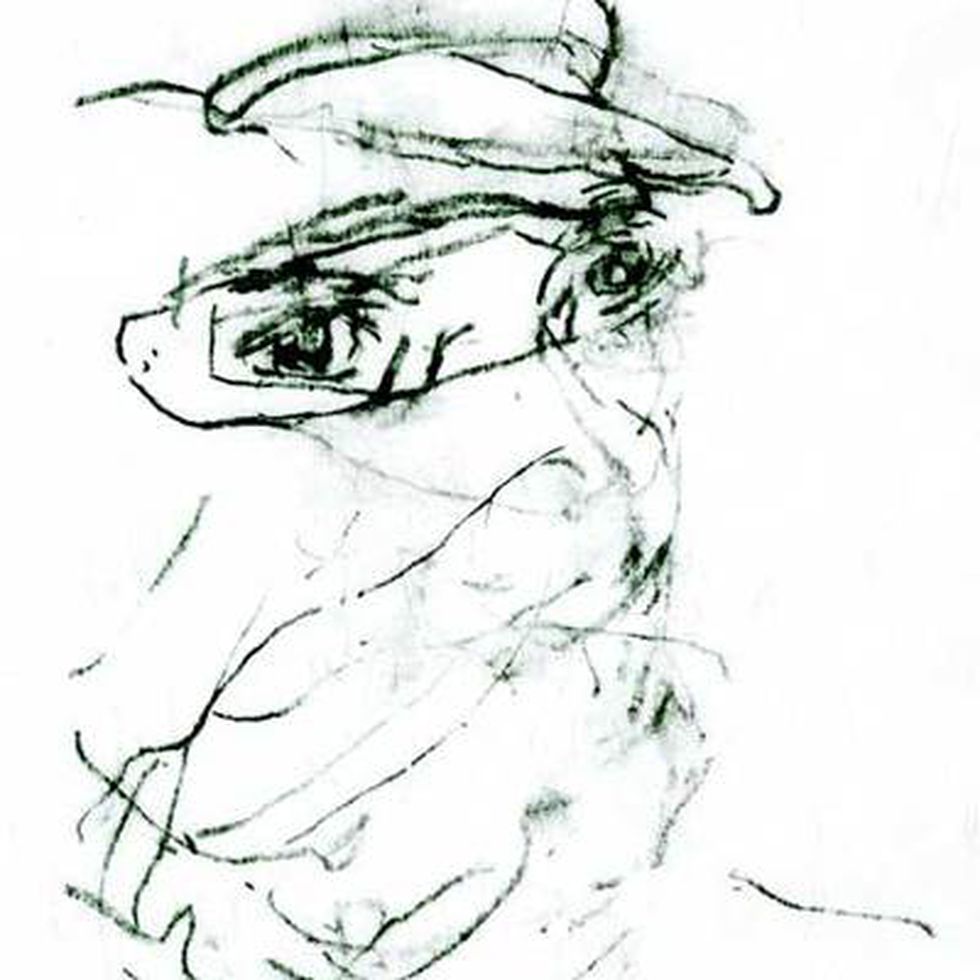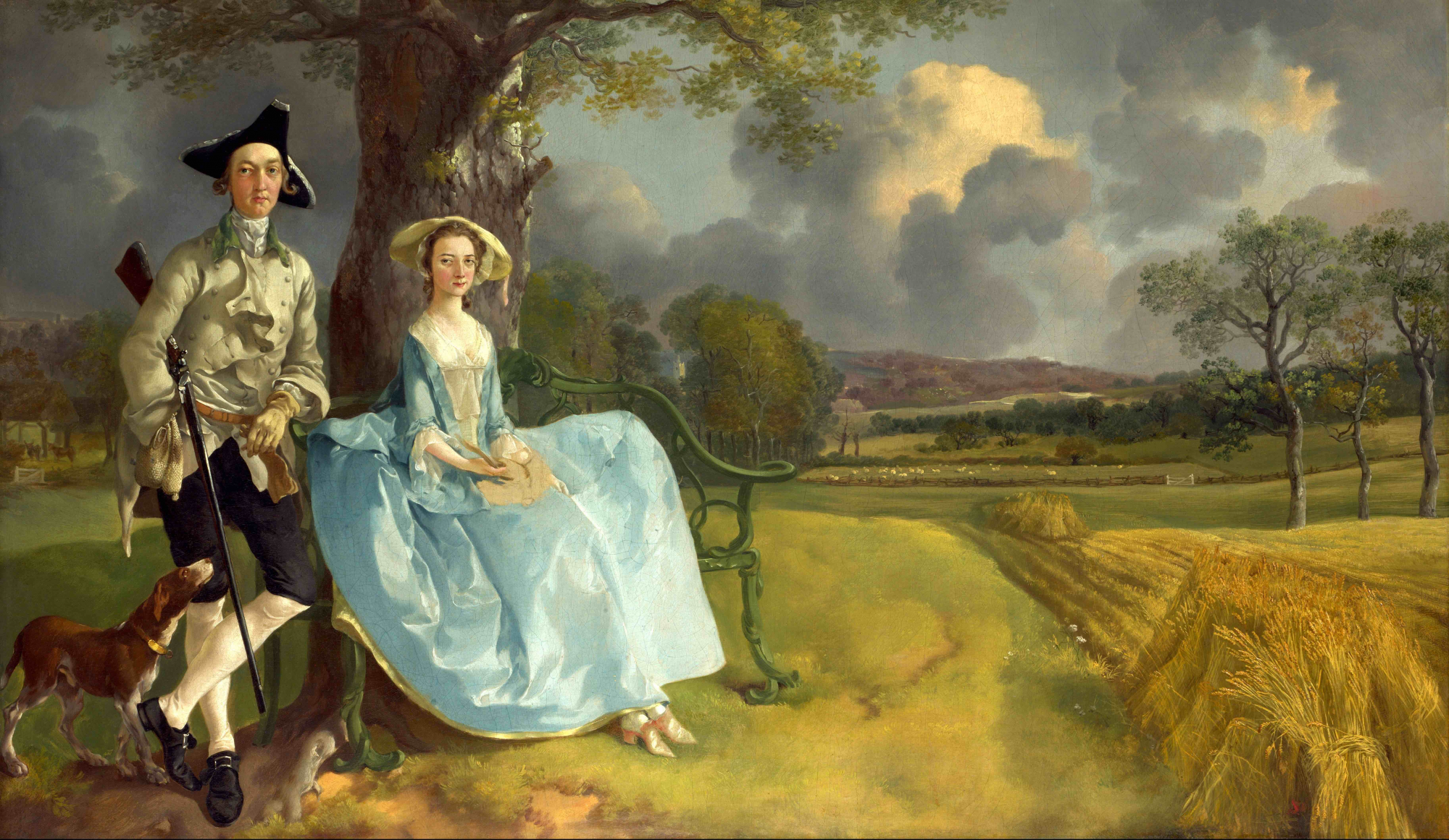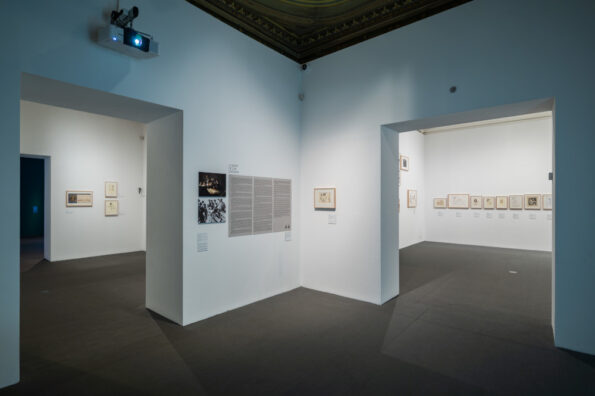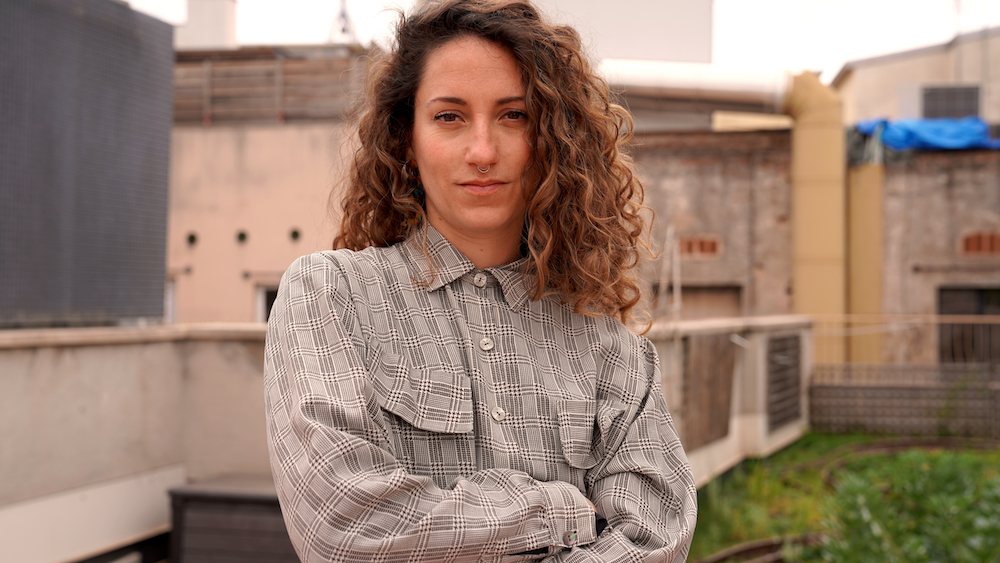Deleuze stated that images have little to do with communication (of a hegemonic message) but rather represent resistance. Images/art and resistance all outlive death and defy it.

Notes for a portrait of Subcomandante Marcos, made by John Berger. (In John Berger. Permanent Red).
In an interesting correspondence between Berger and Subcomandante Marcos, an intimate link between images and revolution stands out. Berger notes: In the history of painting one can sometimes find strange prophecies: prophecies that were not intended as such by the painter. It is almost as if the visible by itself can have its own nightmares.
Elsewhere and in the context of the artistic avant-garde, the critic Carl Einstein wrote that the greatest achievement of Cubism had been to do away with the modern bourgeois European subject. The disarticulation of the linear perspective that organized the painting based on a central subject (omnipotent, omniscient, the true protagonist of the image) was a revolutionary gesture that entailed a transformation of the ways of seeing. This opened up the possibility of modifying the ways in which we think. The disappearance of perspective, the emergence of multiple points of view, the image, and the artistic object prevailed over the colonizing desires of those who looked at the work.
In his well-known television series Ways of Seeing (included in this exhibition), Berger analyzes Thomas Gainsborough’s painting Mr. and Mrs. Andrews (1750). In the work, we find a bourgeois couple showing off their possessions. Faced with the academic approaches disseminated by Kenneth Clark, in his also famous Civilization series (1966-1969), Berger insists that this image, rather than bringing together formalist, canonical and patriarchal aspects of Western art or being the result of the artist’s decisions, reveals and accuses private property as the true pillar of capitalist society.

Mr and Mrs Andrews, Thomas Gainsborough (1750). National Gallery of London.
The insurrectionary gesture of the artistic vanguard claimed, at the time, the power of art and “imaginative” action to break the continuity of what we call reality. John Berger also defended ways of thinking with images that threatened the dominant consensus. Today, people continue to talk about the power of images, the place they occupy in our individual and social con-figuration and how they participate in the construction of the world, but the question that urgently needs to be faced is: how does the struggle of images contribute to transformation?
Walter Benjamin affirms, in his Theses On the Philosophy of History, that emancipatory struggles emerge in a creative way by proposing different forms that open up alternatives for life. Revolutions are not made only in the name of the future but also in the name of the past, the memory of the struggles that broke, sometimes for an instant, sometimes longer, the continuity of oppression. What, then, is the struggle of images? Breaking the circle, breaking continuity, breaking our ways of seeing so that we can imagine other ways of doing.
Like emancipatory movements, images are committed to life. The struggle of images, like any liberation struggle, contains a creative struggle that reminds us that past, present and future are times intertwined in a (quantum) present that can be revolutionary if it puts an end to that which is repressed, oppressed and exploited. It is a lived struggle that, like matter itself, welcomes unexpected possibilities. It is an embodied, material, permanent struggle that is born from bodies and returns to them, stirring up emotions, sensations and perceptions. It is a desiring struggle and, at the same time, a radical resistance to oblivion, to interested discourses, to opportunistic institutions, and to neoliberal abuses.
The struggle of images proposes a revolt to liberate imaginable futures undermined by the violent passage of history.
La Virreina and its successfully critical exhibition program recover the figure and commitment of John Berger and his work, socializing his visual archive which, in its most demanding and Marxist dimension, invites us to reflect on the social and political place that images occupy in our present, while proclaiming that engaging with them articulates alternatives to the bourgeois, capitalist, and patriarchal ways of seeing/doing that want to make us obedient and without imagination.
[Highlighted Image: Detail of the exhibition Permanent red. La Virreina Center for the Image]

